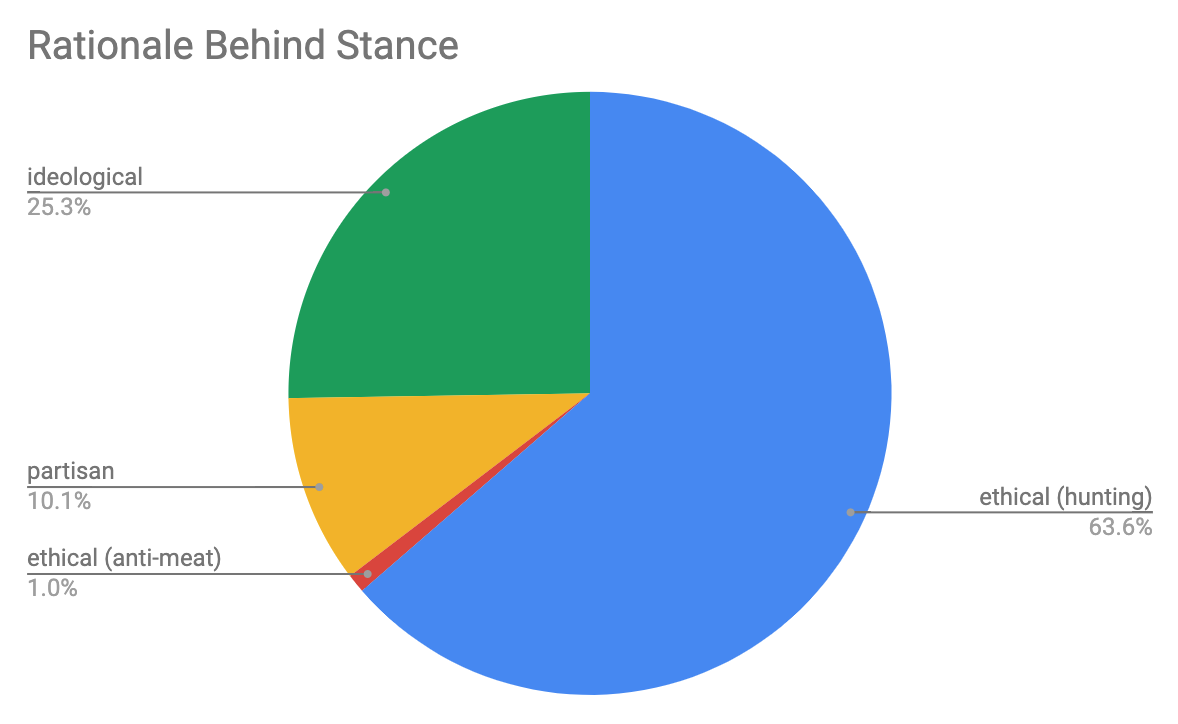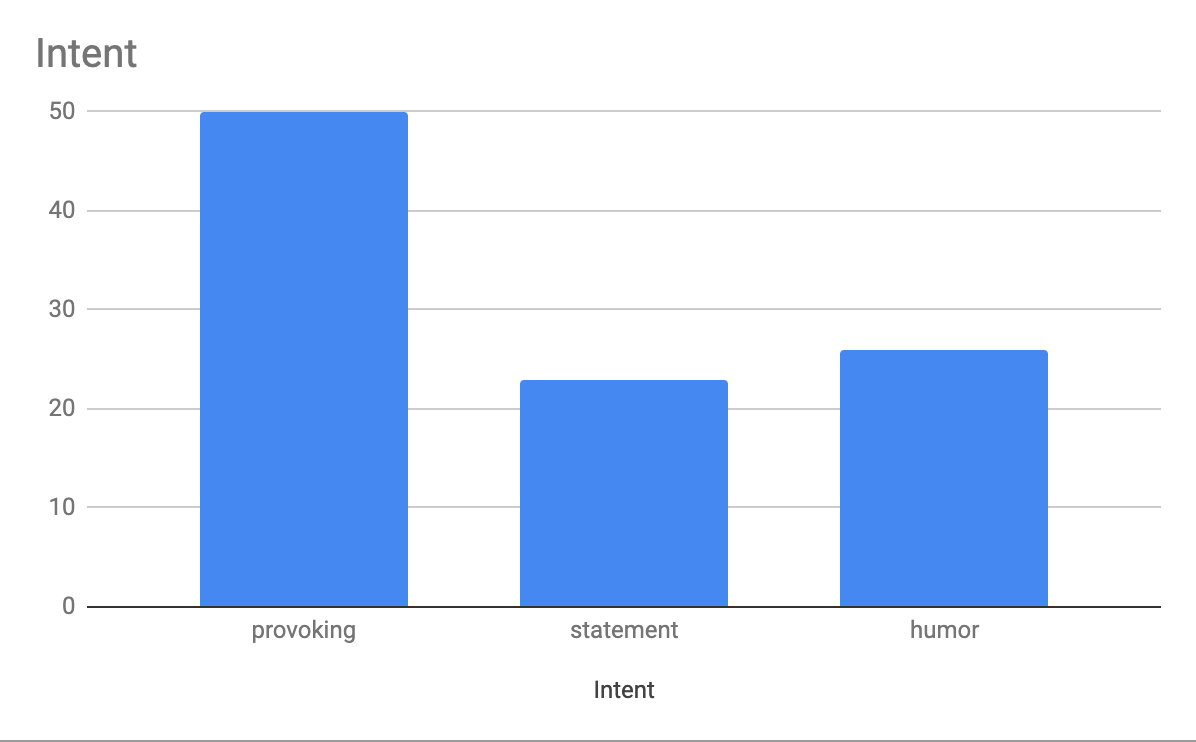An Introduction
Discussions of capitalism and big corporations, ingrained in the American economy is fraught with criticisms and disagreements. Arguments stem from roots in anticapitalist sentiments, corporate responsibility, government intervention, and many more. The topics and sentiments toward a vital facet of the nation have grown increasingly complex and polarized. When it comes to social media, many Americans share solidarity in their opinions behind #boycott movements, often dubbed part of "cancel culture." Upon discovering information about a corporation's CEO, donations, and philosophies that they do not agree upon, many social media users call for a #boycott of the corporation's services. From restaurants to retailers, one can find a #boycott movement in nearly every American industry. Jimmy John's, the restaurant that serves popular sandwiches, had boycotts called for after pictures surfaced of its owner, Jimmy John, posing triumphantly over a slain African Elephant on his hunting trip. Outrage filled twitter feeds in minutes with many animal rights sympathizers vowing to never eat there again. The #boycottjimmyjohns movement offers insight into Twitter as an advocacy platform for a trending new cancel culture, shedding light upon the nation's polarized and often aggressive political and ethical climate.
Methods
As stated above, there are many #boycott movements in twittersphere. I selected #boycottjimmyjohns because at the time I began my research, it was the most recent and most popular #boycott movement. A program called TAGS was used in order to efficiently gather the hundreds of tweets that bore the hashtag, #boycottjimmyjohns. I proceeded to filter out any retweets, so as to not double count messages. I read one hundred individual tweets and coded each one in five categories. Those five categories include: stance taken, the rationale behind the stance, intent, whether or not more than one hashtag was used, and whether or not an image was provided with the tweet. Google sheets was used in order to visualize the data in forms of graphs that will be examined further in this report.

Analysis
The codes I will discuss in this report follow a linear pattern as each set of analysis builds off the previous one. The first code that will give us a glimpse into the boycott communities on Twitter is the stance taken and expressed by each tweet. As seen in Figure 1, more than two thirds of the tweets bearing the #boycottjimmyjohns name were in favor of the movement. While one could consider that statistic to be overwhelmingly leaning towards one side, it surely isn't homogenous. This Twitter movement clearly isn't an "echo chamber" where only the same ideas are bounced around inside of it. There is enough of anti-sentiment towards the movement. This is not unique to this hashtag and can possibly be generalized to boycott movements broadly.

The next code for discussion is the rationale behind the stance. As shown by the data in Figure 2, it is quite clear that the rationale behind stances of in favor of the boycott comes from those who are against trophy hunting. Other than the one outlying tweeter who is anti-meat or against the owner's political viewpoint, the sentiments are fairly homogenous. When it comes to those against the boycott movement, there isn't quite as large of a majority. However, what I was shocked to find was that those who were opposed to the movement were not as largely arguing from a partisan basis. I did not read the words "democrat" or "republican" or any variations of those words save for merely three or four times. What the opposers frequently expressed was their outrage with the whole ideology behind #boycott movements in general.

Lastly, I examined the way in which the tweets' intent were delivered. The categories were used to establish whether the tweeter wrote in a provocatory (usually characterized by apparent anger, disgust, or any other negative connotation associated with that word), stating (more "matter of fact" or with calmer wording), or humorous fashion. The results, as seen in Figure 3, are largely in favor the provocatory method. Twitter has been known for spawning heated Internet debates. Strong language, provocation and outrage is far from a rarity on the site. This boycott was clearly unable to escape the polarized and tense nature of Twitter. In addition, humor was also used quite frequently. Whether it be through the use of memes, hyperboles, or irony, Twitter users did not shy away from expressing their opinions in a humorous way. This can show the other side of the nature of twitter -- in some ways light-hearted and not professional.
Conclusion
The Age of the Internet has changed the way in which we speak to each other. Debates and discussions are no longer required to take place face to face. Thus, people are more ready to express their ideas without fear of one's reaction. The #boycott movements are becoming a large trend and have established a new way of attempting to stifle certain ideas or beliefs. What are the complications of such a movement? Surely it affects the relationship between the consumer and producer in a more personal way by literally targeting the personal beliefs on a business head. Whether or not it is to be taken seriously is muddied by the informal and often harshly polarized nature of Twitter.
